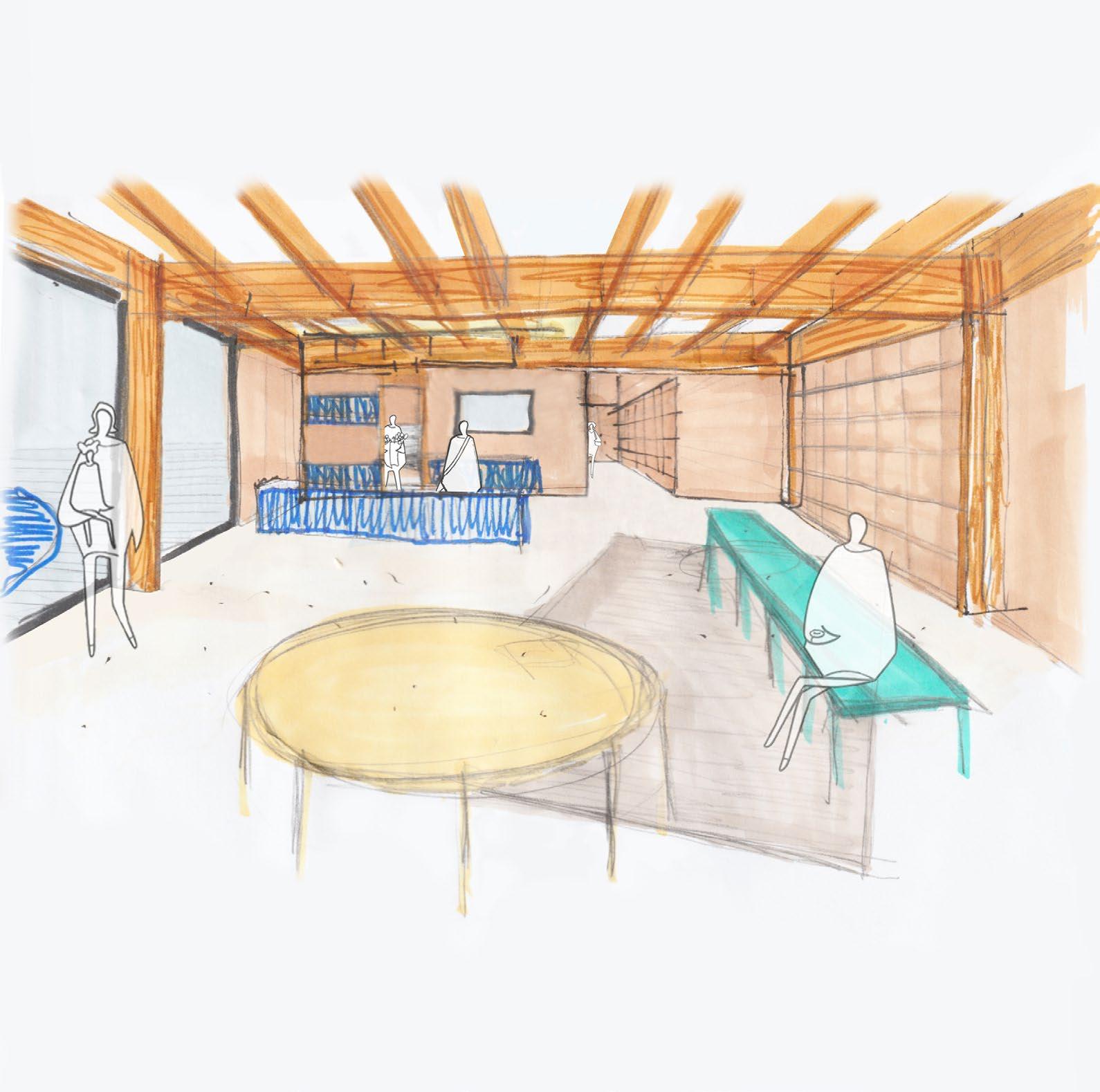
2 minute read
Free Play Space
Conceptual collage - Free Play space
[Covered Space] The underground shelter of the parking is perfect to host public or common activities. Those unused parkings spaces have the potential to create a new dark but wide Play spaces. The dark vibe which could be lit with colored lights is perfect to blur the materiality and allow imagination, creating a cave where Play is glorified.
Advertisement
[Free Play Space]Van Eyck describes, fenced 50’s playgrounds as ‘private and expensive’ Those leisure spaces called amusement parks nowadays are nothing compared to the abstract and imaginative places Van Eyck asks for. New leisure spaces should always be transformative and thought as free place. This concept of Free Space was developed during the 16th Biennale of Architecture of Venice by Y. Farrell and S. McNamara, it conveys a generous gift of space extending Lefebvre ideal of Right to the City. This is why this space is design as a Free Space as much as a Play space (see below for a part of the free space manifesto)
[Educational Space] The new underground space will also be dedicated to other educational activities (such as Montessori learning). Schools are always welcomed to use the space too. An educational awareness program will be put in place to sensitize children to water issues.
A free box library will also be placed for people to leave, read or collect books. The space filled with pillow could convert itself into a reading room.
FREE SPACE MANIFESTO
‘‘FREESPACE describes a generosity of spirit and a sense of humanity at the core of architecture’s agenda, focusing on the quality of space itself.
FREESPACE focuses on architecture’s ability to provide free and additional spatial gifts to those who use it and on its ability to address the unspoken wishes of strangers.
FREESPACE celebrates architecture’s capacity to find additional and unexpected generosity in each project - even within the most private, defensive, exclusive or commercially restricted conditions.
FREESPACE can be a space for opportunity, a democratic space, un-programmed and free for uses not yet conceived. There is an exchange between people and buildings that happens, even if not intended or designed, so buildings themselves find ways of sharing and engaging with people over time, long after the architect has left the scene. Architecture has an active as well as a passive life.’’
Yvonne Farrell and Shelley McNamara
Curators of the 16th International Architecture Exhibition of La Biennale di Venezia (May 26th to November 25th 2018). Originally issued in June 2017.










